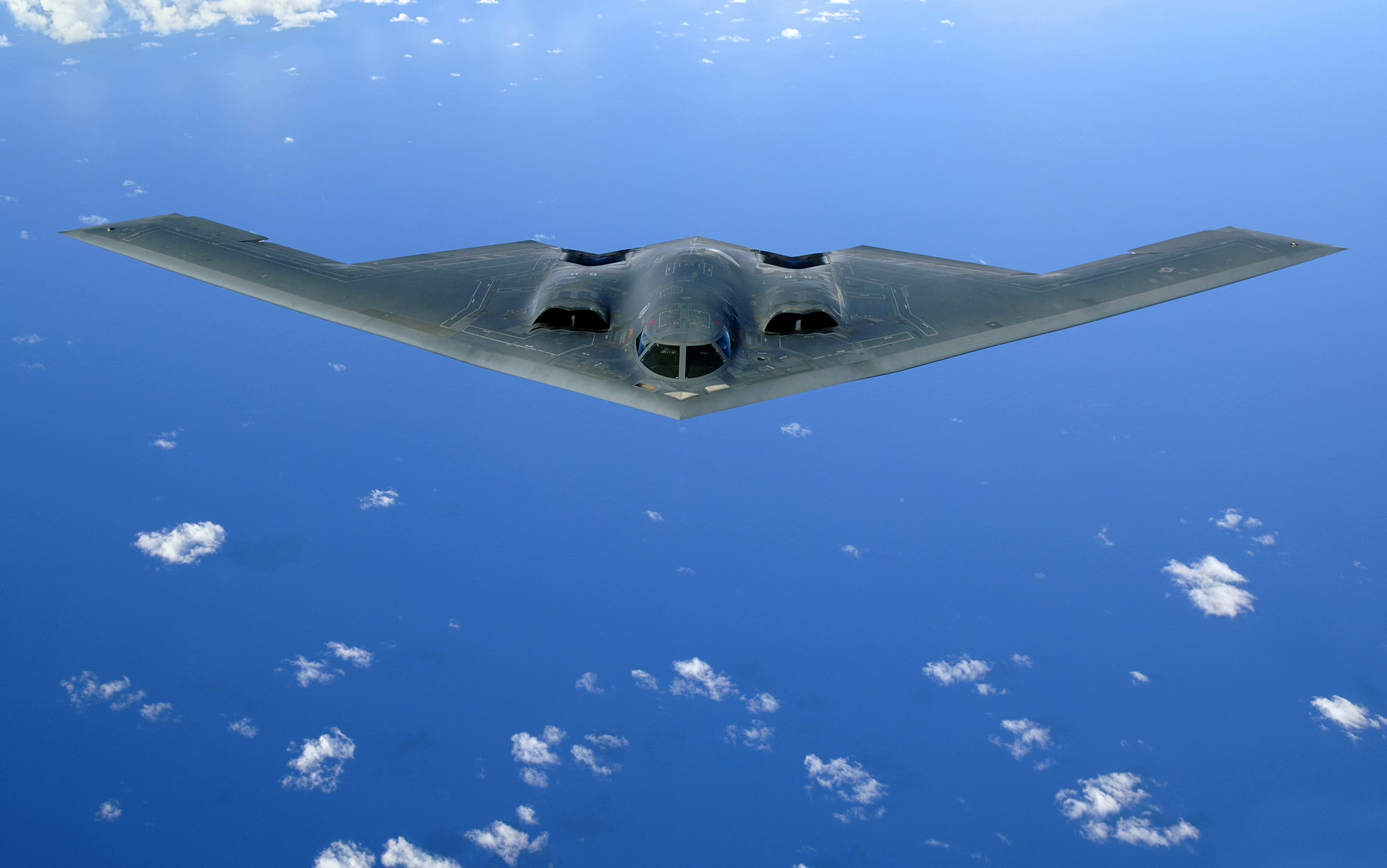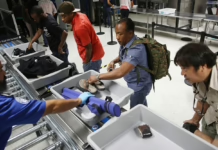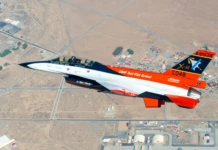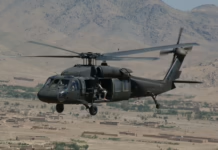Defense giant boosts outlook as new contracts hit $12.2B and cash flow surges 72% amid strong Pentagon demand and improved efficiency across major weapons programs.
Northrop Grumman lifted its annual profit outlook after reporting stronger-than-expected third-quarter results, driven by robust defense spending and operational improvements across most business units.
The Falls Church, Virginia-based defense contractor posted revenue of $10.42 billion for the quarter ending Sept. 30, marking a 4% gain from the prior-year period. Net income climbed to $1.1 billion, or $7.67 per share, compared with $1 billion, or $7 per share, a year earlier.
The company secured $12.2 billion in new contracts during the quarter, pushing its order backlog to $91.4 billion. Free cash flow surged 72% to $1.26 billion, benefiting from tighter working-capital management and favorable payment timing.
Chief Executive Kathy Warden said the results reflect continued momentum in the company’s operations.
“The momentum we are building in our business drove strong third-quarter performance to achieve our financial objectives for mid-single-digit growth, expanding margins, and growing cash flows year over year,” Warden said. “As a result of this performance and our positive outlook for the remainder of the year, we are once again increasing our 2025 EPS guidance.”
Three of Northrop’s four main divisions reported revenue gains.
Mission Systems, which produces electronics, sensors and radar equipment, recorded the strongest performance with revenue climbing 10% to $3.09 billion. Operating profit in the unit jumped 32%, fueled by higher production volumes and efficiency improvements in microelectronics and marine programs.
Defense Systems, responsible for missiles, ammunition and battle-management platforms, saw sales increase 14% to $2.06 billion. Operating profit increased by approximately 50%, supported by accelerating demand for the Sentinel nuclear-missile program and the Integrated Battle Command System.
Aeronautics Systems, which builds aircraft including components for the F-35 and the E-130J TACAMO, registered a 6% sales increase to $3.14 billion. Profit margins slipped slightly as certain long-term contracts yielded lower returns.
Space Systems was the only division to post a decline, with revenue dropping 6% to $2.70 billion. Northrop attributed the decrease to the completion of legacy space and missile programs, though new NASA cargo-resupply contracts provided some offset.
For full-year 2025, Northrop increased its earnings-per-share guidance to a range of $25.65 to $26.05, up from the previous forecast of $25.00 to $25.40. The company now expects total revenue between $41.7 billion and $41.9 billion, slightly below its earlier projection but still representing year-over-year growth. Free cash flow is projected to reach as much as $3.35 billion.
Warden said elevated global defense spending, driven by security concerns and modernization initiatives among U.S. allies, continues to support demand.
“We’re demonstrating our team can rapidly innovate the way we work and the products we deliver, while also providing the quality and performance customers expect,” she said.
The company’s backlog includes major U.S. programs such as the Ground-Based Midcourse Defense Weapon System, F-35 components and contracts supporting the Virginia-class submarine. Classified programs also accounted for a substantial portion of new contract awards.
Northrop anticipates growth across all four business divisions in 2026 as it maintains investments in aircraft, space and missile-defense technologies.

Key Takeaways
- Northrop Grumman posted third-quarter revenue of $10.42 billion, up 4%, with net profit reaching $1.1 billion as the company raised its full-year earnings forecast to $25.65-$26.05 per share.
- New contract awards totaled $12.2 billion, lifting the order backlog to $91.4 billion, while free cash flow surged 72% to $1.26 billion.
- Three divisions showed growth, led by Defense Systems (+14%) and Mission Systems (+10%), while Space Systems declined 6% due to completion of legacy programs.
- Strong demand for the Sentinel nuclear-missile program and F-35 components drove performance gains across defense portfolios.









